 Abraham Lincoln
If given the truth, the people can be depended upon to meet any national crisis...
Abraham Lincoln
If given the truth, the people can be depended upon to meet any national crisis...
 Guildford news...
for Guildford people, brought to you by Guildford reporters - Guildford's own news service
Guildford news...
for Guildford people, brought to you by Guildford reporters - Guildford's own news service
Wildlife Trust Warns Wildfire Risk ‘Very High’ on Surrey’s Precious Tinderbox Heathlands
Published on: 10 Aug, 2020
Updated on: 10 Aug, 2020
Surrey Wildlife Trust warns of very high and continuing risk of wildfire on Surrey’s precious heathlands.
The wildfire which took hold on Friday August 7 on Sunningdale golf course and was spread by strong winds to Chobham Common, has so far destroyed 30 hectares (74 acres) of rare and precious lowland heathland and wildlife habitat on the common alone. The wildfire is still being controlled by fire crews as hot spots reignite.
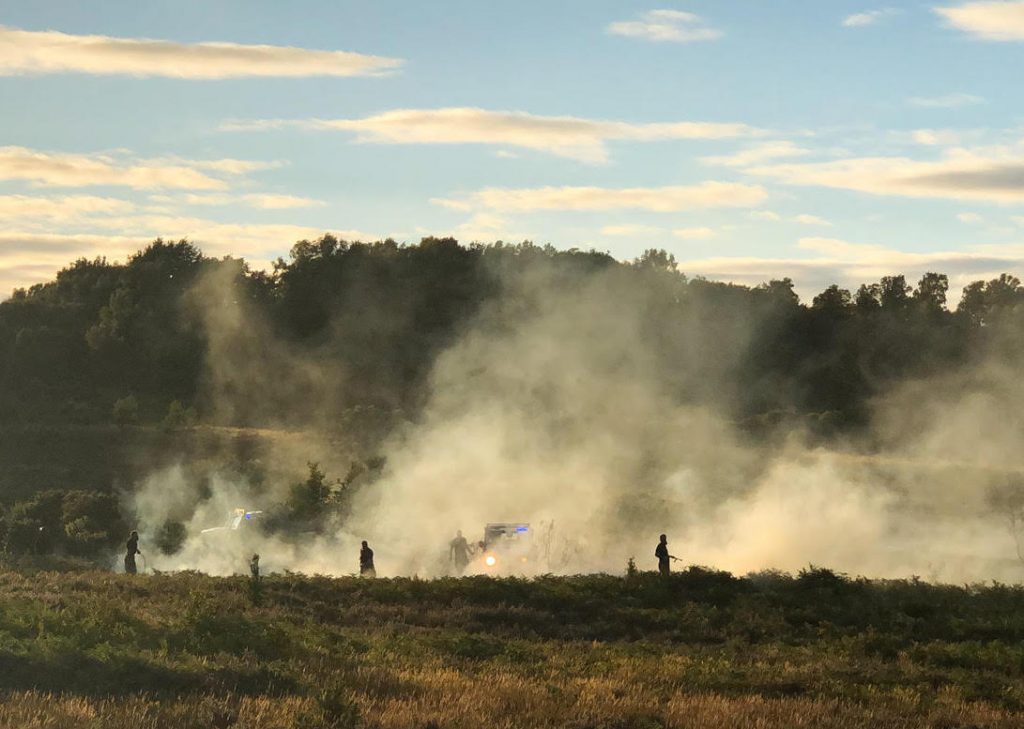
Fire crews continue to try and bring the fire under-control watching for hot spots that might re-ignite.
Chobham Common, the largest National Nature Reserve in the south-east, is a fragment of previously extensive lowland heathland which is rarer than tropical rainforest and is home to specialist reptiles, protected ground-nesting birds and thousands of species of insects which are in decline elsewhere.
 When the wildfire jumped the Sunningdale to Chobham Road and reached the common, the stalwart work of Surrey Fire and Rescue combined with the Trust’s firebreaks, where vegetation is closely managed, helped to contain the blaze and protect the remaining 500 hectares of the common.
When the wildfire jumped the Sunningdale to Chobham Road and reached the common, the stalwart work of Surrey Fire and Rescue combined with the Trust’s firebreaks, where vegetation is closely managed, helped to contain the blaze and protect the remaining 500 hectares of the common.
James Adler, director of biodiversity at the Trust, said: “All Surrey heathland sites are highly vulnerable to heath fires at present. We are very concerned that climate change is leading to an increase in frequency of wildfires, which present a danger to human life and people’s homes as well as wildlife.
“We hope to work closely with government and other landowners to develop a climate-focused programme, where the risk of wildfire is reduced through landscape management.
“Wildfires are unpredictable, dangerous and particularly damaging to precious habitat, which has taken years of management to get into optimum condition for reptiles, such as adders and sand lizards, as well as woodlarks and Dartford warblers and thousands of invertebrate species.
“When these habitats are destroyed by wildfire, it may take many years before the area becomes suitable for them again. If a fire is too big it can wipe out whole populations of species and, due to fragmentation of habitats, it may not be possible for recolonisation.”
Normally, at this time of year Chobham Common is a sea of pink and purple heather, buzzing with a kaleidoscope of 29 species of butterfly, including the rare silver-studded blue. There are 22 types of dragonfly which hover and dart above the heathland pools. One hundred bird species have been recorded here, including the ground-nesting nightjar which migrates 4,000 miles annually from sub-Saharan Africa to breed on Chobham Common.
There are 300 species of wildflowers, including the sweeping of purple-flowering heather, several species of native orchids and the wetlands’ insect-eating sundews and rare marsh gentians. Chobham Common is also one of the best British sites for insects, spiders, ladybirds, bees and wasps. There are also 25 species of mammal here.
People should continue to follow fire service advice and ideally stay south of the M3. Monument and Roundabout car parks are both still closed, but Longcross car park is open.
Responses to Wildlife Trust Warns Wildfire Risk ‘Very High’ on Surrey’s Precious Tinderbox Heathlands
Leave a Comment Cancel replyPlease see our comments policy. All comments are moderated and may take time to appear.
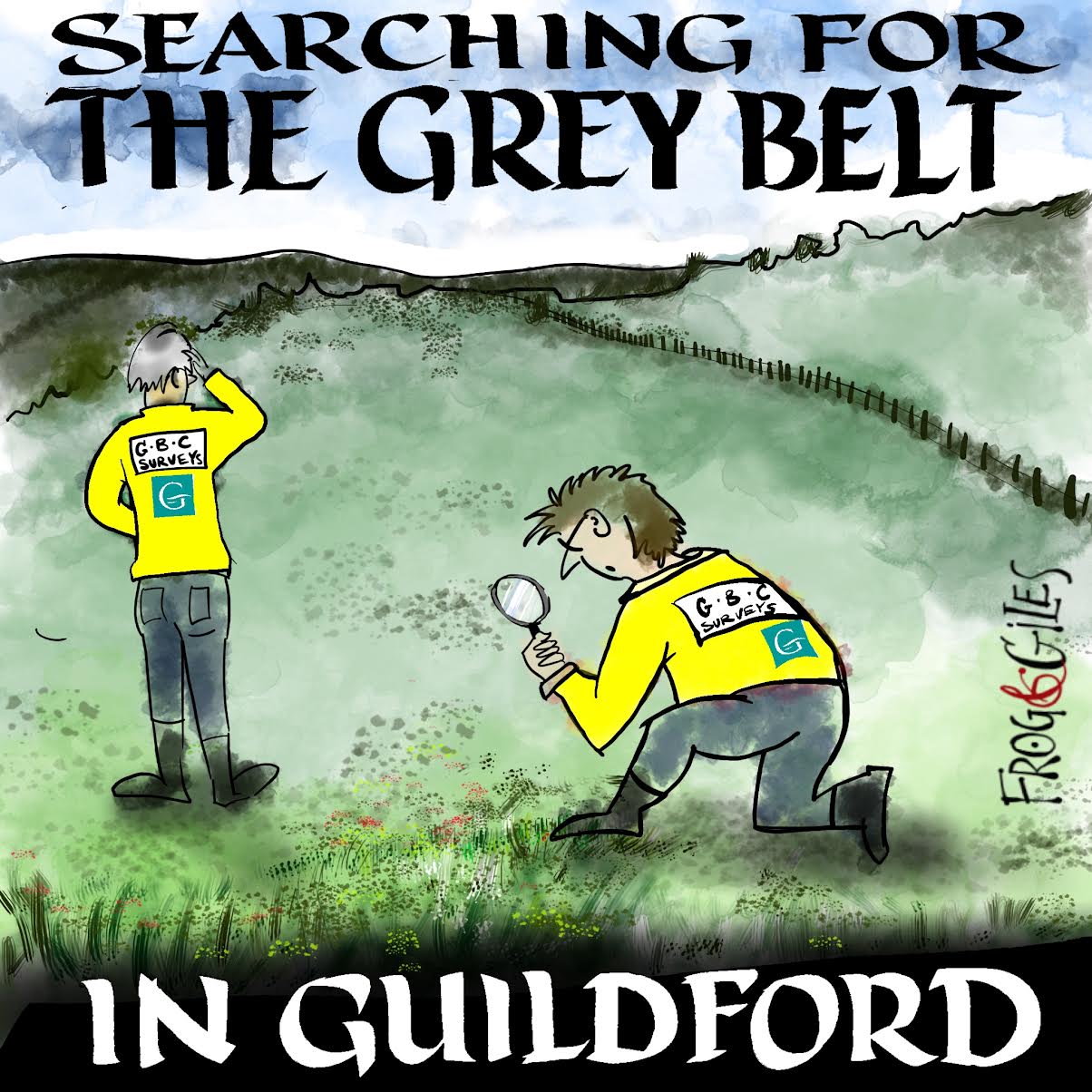
"Found any?" - "Nope, it all looks green to me!" (See Opinion: The Future is Congested, the Future is Grey)
www.abbotshospital.org/news/">



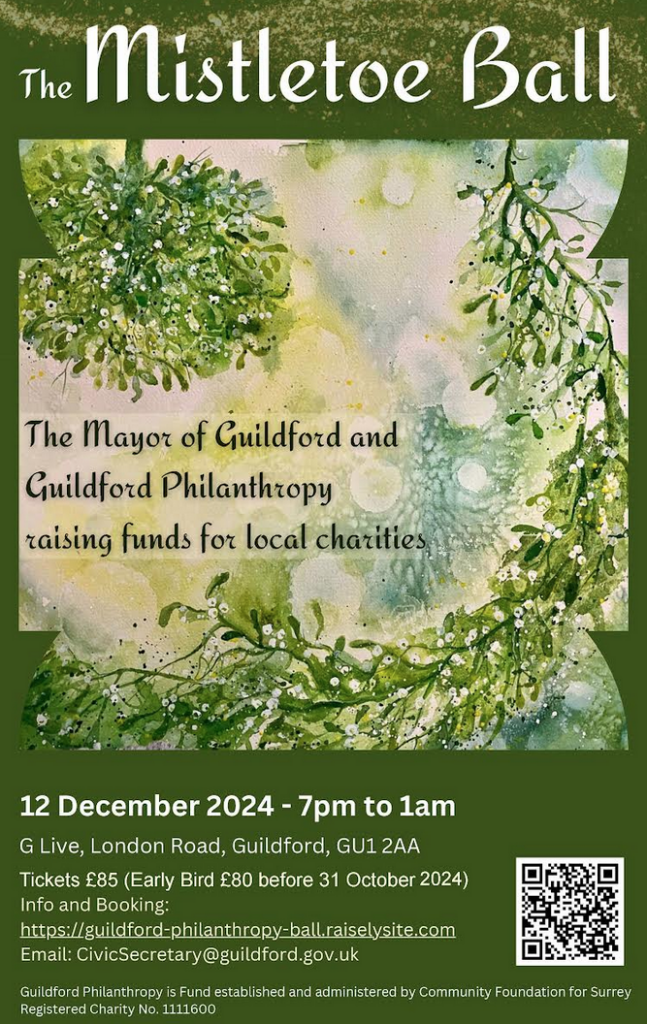

Recent Articles
- Firework Fiesta: Guildford Lions Club Announces Extra Attractions
- Come and Meet the Flower Fairies at Watts Gallery
- Royal Mail Public Counter in Woodbridge Meadows to Close, Says Staff Member
- Latest Evidence in Sara Sharif Trial
- Letter: New Developments Should Benefit Local People
- Open Letter to Jeremy Hunt, MP: Ash’s Healthcare Concerns
- Opinion: The Future is Congested, the Future is Grey
- Full Match Report: City Go Out of FA Vase on Penalties
- Letter: Incinerating Unnecessary Packaging Causes Pollution
- Letter: Thank You, Royal Surrey


Recent Comments
- David Chave on Did You See Punk Band The Clash At Guildford Civic Hall in 1977?
- Olly Azad on Full Match Report: City Go Out of FA Vase on Penalties
- Ben Paton on Opinion: The Future is Congested, the Future is Grey
- N Rockliff on G Live Brings More Classical Concerts to Guildford from Renowned Orchestras
- Paul Duggen on Woking Councillors Refuse School Expansion Proposal
- Susan Smith on Birdwatcher’s Diary No.314
Search in Site
Media Gallery
Dragon Interview: Local Artist Leaves Her Mark At One of England’s Most Historic Buildings
January 21, 2023 / No Comment / Read MoreDragon Interview: Lib Dem Planning Chair: ‘Current Policy Doesn’t Work for Local People’
January 19, 2023 / No Comment / Read MoreA3 Tunnel in Guildford ‘Necessary’ for New Homes, Says Guildford’s MP
January 10, 2023 / No Comment / Read More‘Madness’ for London Road Scheme to Go Ahead Against ‘Huge Opposition’, Says SCC Leader
January 6, 2023 / No Comment / Read MoreCouncillor’s Son Starts Campaign for More Consultation on North Street Plan
December 30, 2022 / No Comment / Read MoreCounty Council Climbs Down Over London Road Works – Further ‘Engagement’ Period Announced
December 14, 2022 / No Comment / Read MoreDragon Interview: GBC Reaction to the Government’s Expected Decision to Relax Housing Targets
December 7, 2022 / No Comment / Read MoreHow Can Our Town Centre Businesses Recover? Watch the Shop Front Debate
May 18, 2020 / No Comment / Read More



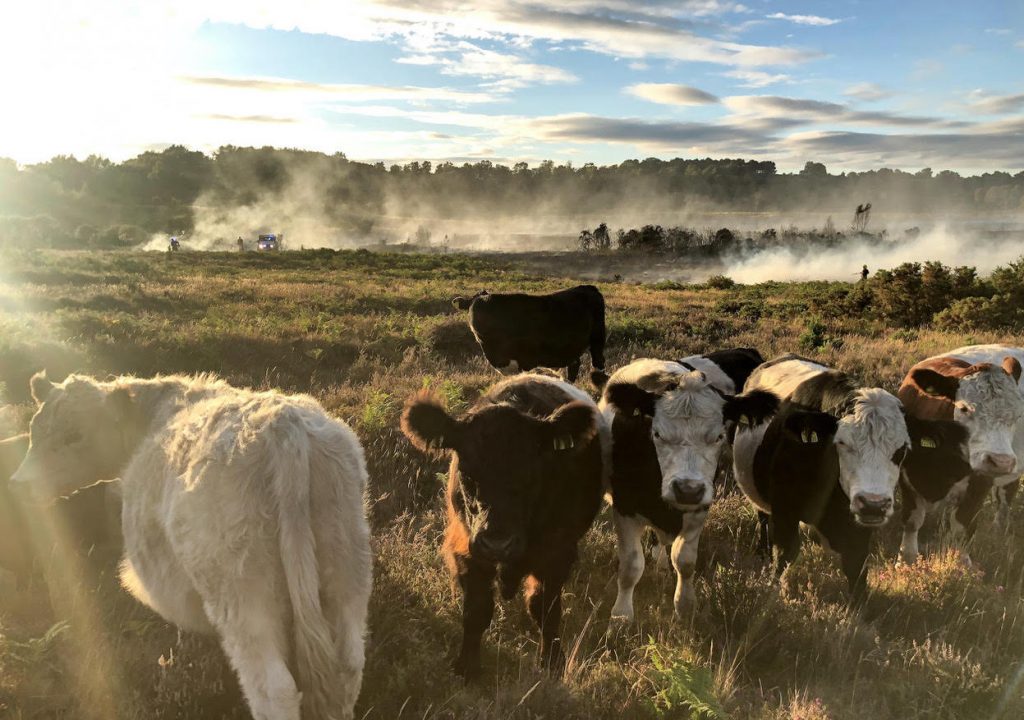
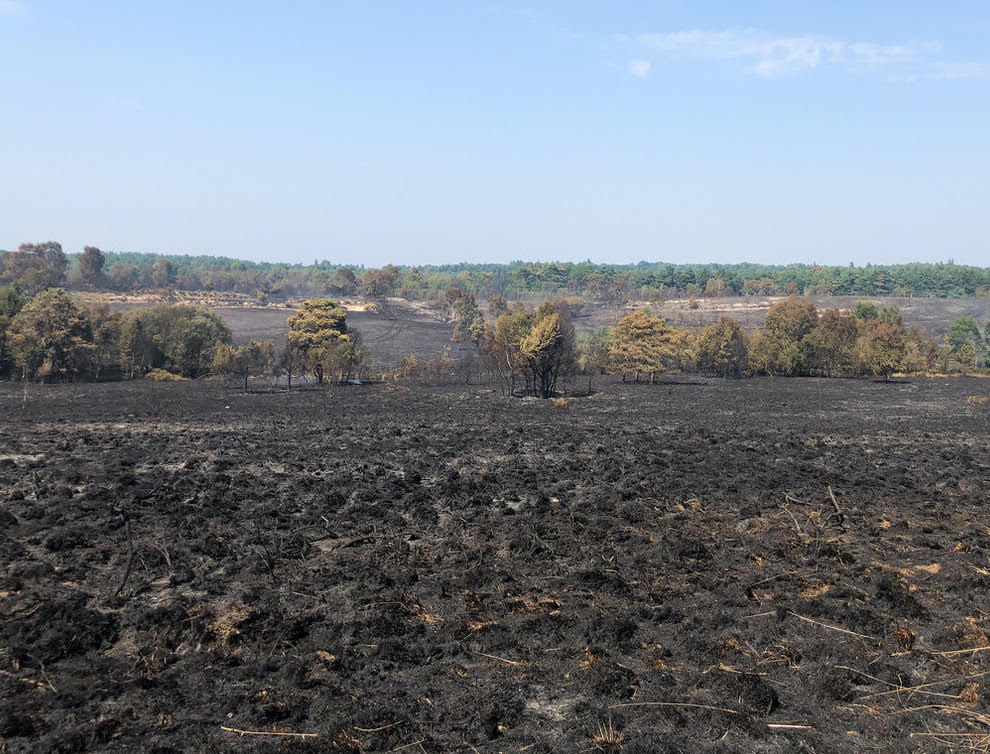



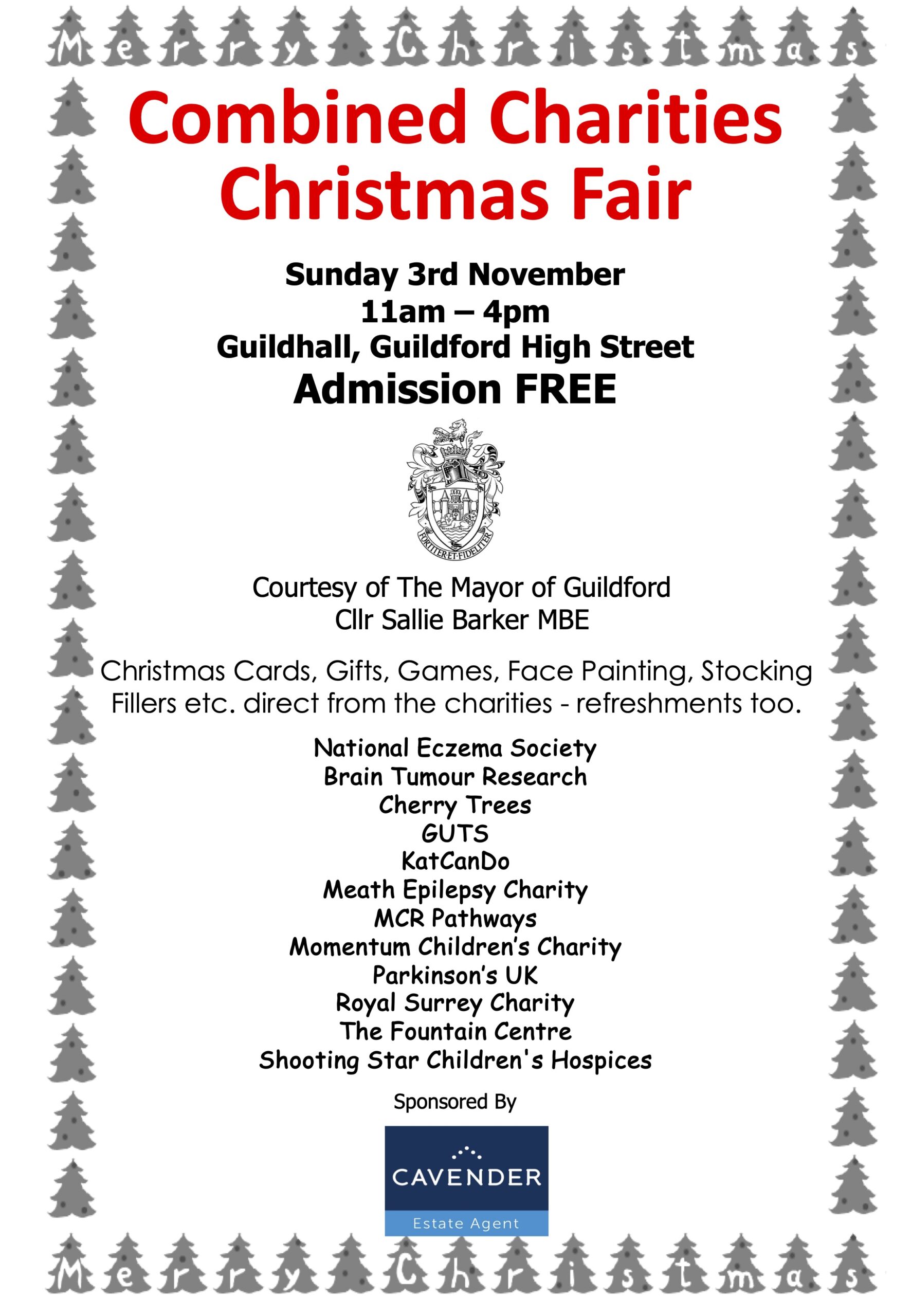
Paul Robinson
August 11, 2020 at 10:41 am
I saw a post on the Guildford Past & Present FaceBook site last night complaining about people releasing sky lanterns last night.
At the weekend, I found an empty wine bottle just thrown in the dry long grass at Riverside Park just waiting for the sun to use as a magnifying glass. A couple of weeks ago a group of lads decided to camp out by Riverside Lake and built a campfire adjacent to the long grass.
You really have to worry about some people intelligence.